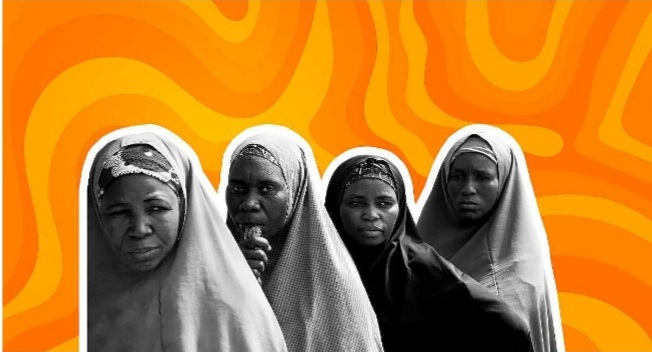Leah Sharibu is still in Boko Haram custody over 10 years later. Hanifa Abdulkarim, Kidnapped and brutally murdered by the proprietor of her school. Fadilah, raped by a social worker and traumatised by the experience afterwards committed suicide.
These are a few of the women whose lives have been affected by the insecurity that has ravaged the north for more than a decade now. Excluding the numerous religious and ethnic unrests. There has been a surge in the number of kidnappings and bandit attacks on villages and communities in the north. Kaduna, Zamfara, and Borno are the worst-hit states. 323 killed, 949 people were kidnapped and killed in three months in 2021 in Kaduna state alone.
Like with many wars and insecurity, women are the collateral damage of the failures of men. Whenever a group wishes to create chaos in an area. There is an adverse effect on the lives of women and girls in the area and almost always they are the target. Northern Nigerian women are not safe anywhere. In their homes, they are attacked by bandits and terrorists in IDP camps they are raped and asked for sex in exchange for food and medical supplies. From the Chibok girls made popular by their abduction to the hundreds of girls abducted from their schools in Borno, Adamawa and Niger states, girls are not safe in school and their education is stunted as a result of this growing violence. From poor women living in rural areas. To middle-class and upper-middle-class families living in suburban and urban areas who are forced to squeeze out ransoms for the family members who are kidnapped by bandits.
In Nigeria, women and girls make up at least 79 per cent of around 2.5 million people displaced across the country’s northeast as a result of the 11-year conflict between the armed group Boko Haram and the Nigerian government. This population is dispersed in camps and host communities in six states in the region and in Cameroon, Chad and Niger.
In the first six weeks of 2021, the lives of no fewer than 1, 525 persons have been killed by kidnappers and bandits. As of July 2015, there were 1.3 million internally displaced persons (56 per cent of which are children) in Nigeria (with the State of Borno hosting the largest population): 81,693 displaced persons across four divisions of the far north region in Cameroon; and 18,882 displaced persons in Chad, including returnees from Nigeria, spread across four districts.
The safety of Northern Nigerian women has been compromised and overlooking adverse effects this insecurity has on women of the region could impoverish the region even more. With so many girls out of school and 100s of women who could contribute to the economic, and social development of the region killed and abducted and the rest of the women fearing for their lives and safety.
The response to the ongoing crisis does not inspire hope. Legislation such as the Tripartite Agreement for the Voluntary Repatriation of Nigerian refugees signed in March 2017 between the governments of Nigeria and Cameroon and the United Nations High Commissioner for Refugees makes no provision for the special needs of women and girl refugees. Nigeria is a signatory to, but has yet to domesticate, the African Union Convention for the Protection and Assistance of Internally Displaced Persons in Africa (Kampala Convention).

Leave a Reply